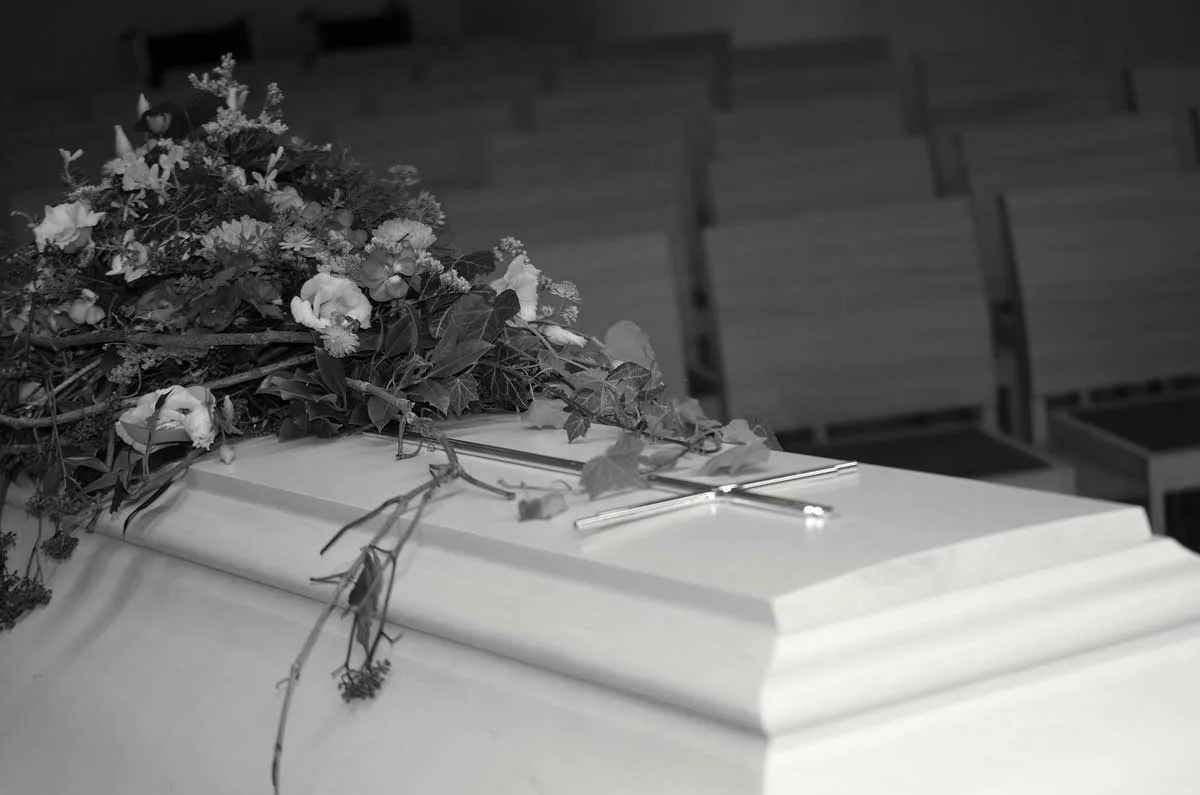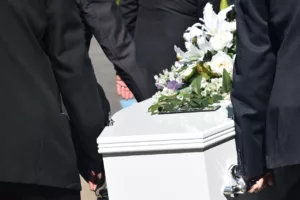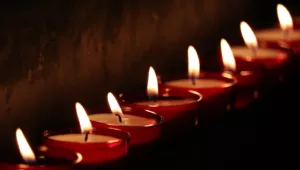Understanding Body Preservation in Funeral Homes: Ensuring Dignity and Addressing Negligence
When a loved one dies, grieving families rely on funeral homes to handle the body with care and respect until the organization of final arrangements. Proper body preservation is essential for family and friends to pay their respects and say their goodbyes. In this blog post, we’ll explore the significance of timely body preservation, its role in preventing funeral home negligence, and the measures families can take to address such situations.
The Significance of Timely Body Preservation
Timely body preservation is essential for several reasons:
- Respecting the Deceased: Timely preservation shows respect for the deceased and ensures that the body is treated with dignity during mourning.
- Allowing Last Goodbyes: Proper preservation enables family and friends to have a final viewing or visitation, providing closure and comfort during grieving.
- Meeting Cultural and Religious Beliefs: Many cultures and religions have specific rituals and practices related to body preservation and viewing, making timely preservation critical to honor these beliefs.
Funeral Home Negligence: Failures in Body Preservation
Unfortunately, funeral homes may occasionally fail to preserve bodies adequately, leading to claims of funeral home negligence. Common failures may include:
- Inadequate Refrigeration: If a funeral home lacks proper refrigeration facilities, the body’s decomposition may accelerate, making it challenging for families to have a viewing.
- Embalming Errors: Improper embalming can lead to a body’s premature deterioration, affecting the quality of the viewing experience.
- Lack of Documentation: Failure to document preservation procedures and timelines can lead to confusion and potential negligence claims.
Types of Body Preservation in Funeral Homes
Funeral homes employ various body preservation methods to slow down the natural decomposition process and maintain the deceased’s appearance for viewing. Here are some common types of body preservation techniques:
- Embalming: Embalming is one of the most well-known body preservation methods. It involves injecting embalming fluids containing a combination of formaldehyde and other chemicals into the deceased’s circulatory system. This process disinfects and temporarily preserves the body, delaying decomposition.
- Refrigeration: Refrigeration is a widely used method in funeral homes. Bodies are stored in temperature-controlled environments, typically between 34°F to 40°F (1°C to 4°C). Cooling slows bacterial growth and decomposition, allowing for short-term preservation.
- Cryopreservation: Cryopreservation, also known as freezing, is less common due to its technical challenges and high costs. The body is preserved at extremely low temperatures, usually below -200°F (-130°C). Cryopreservation is often used in scientific and medical settings rather than traditional funeral homes.
- Natural Preservation: Some funeral homes offer natural or “green” preservation options. These methods utilize eco-friendly and biodegradable materials to slow decomposition naturally without harsh chemicals.
- Air-Drying: Air-drying, also known as desiccation, is used in some cultural and religious practices. The body is exposed to air without refrigeration, allowing it to naturally dry and mummify.
- Chemical Preservation: Some funeral homes use alternative chemicals and preservatives to embalming fluids, such as essential oils or plant-based compounds. These options may be preferred by families seeking more natural preservation methods.
Addressing Funeral Home Negligence
When faced with funeral home negligence related to body preservation, families can take the following steps:
- Document the Situation: If you suspect negligence, document any issues you notice regarding body preservation and the circumstances.
- Seek Legal Guidance: Contact an experienced attorney specializing in funeral home negligence cases. They can guide you through the legal process and advocate for your rights.
- Report the Incident: Report the negligence to the appropriate authorities, such as state funeral regulatory boards or consumer protection agencies. Your report can help protect others from similar experiences.
Choosing a Trustworthy Funeral Home
Choosing a reputable and reliable funeral home is essential to minimize the risk of funeral home negligence. Consider the following when making your decision:
- Research and Read Reviews: Look for reviews and testimonials from other families using the funeral home’s services.
- Visit the Facility: Take a tour of the funeral home and ensure it meets your expectations and standards.
- Ask Questions: Don’t hesitate to ask the funeral home staff about their preservation practices and any concerns you may have.
Timely body preservation is vital to funeral home services, as it allows families to honor their loved ones and find closure during difficult times. In the unfortunate event of funeral home negligence, families should take immediate action to address the situation and seek justice for their loved ones. Families can ensure a respectful and dignified farewell for their departed loved ones by choosing a trustworthy funeral home and being vigilant about preservation practices.








